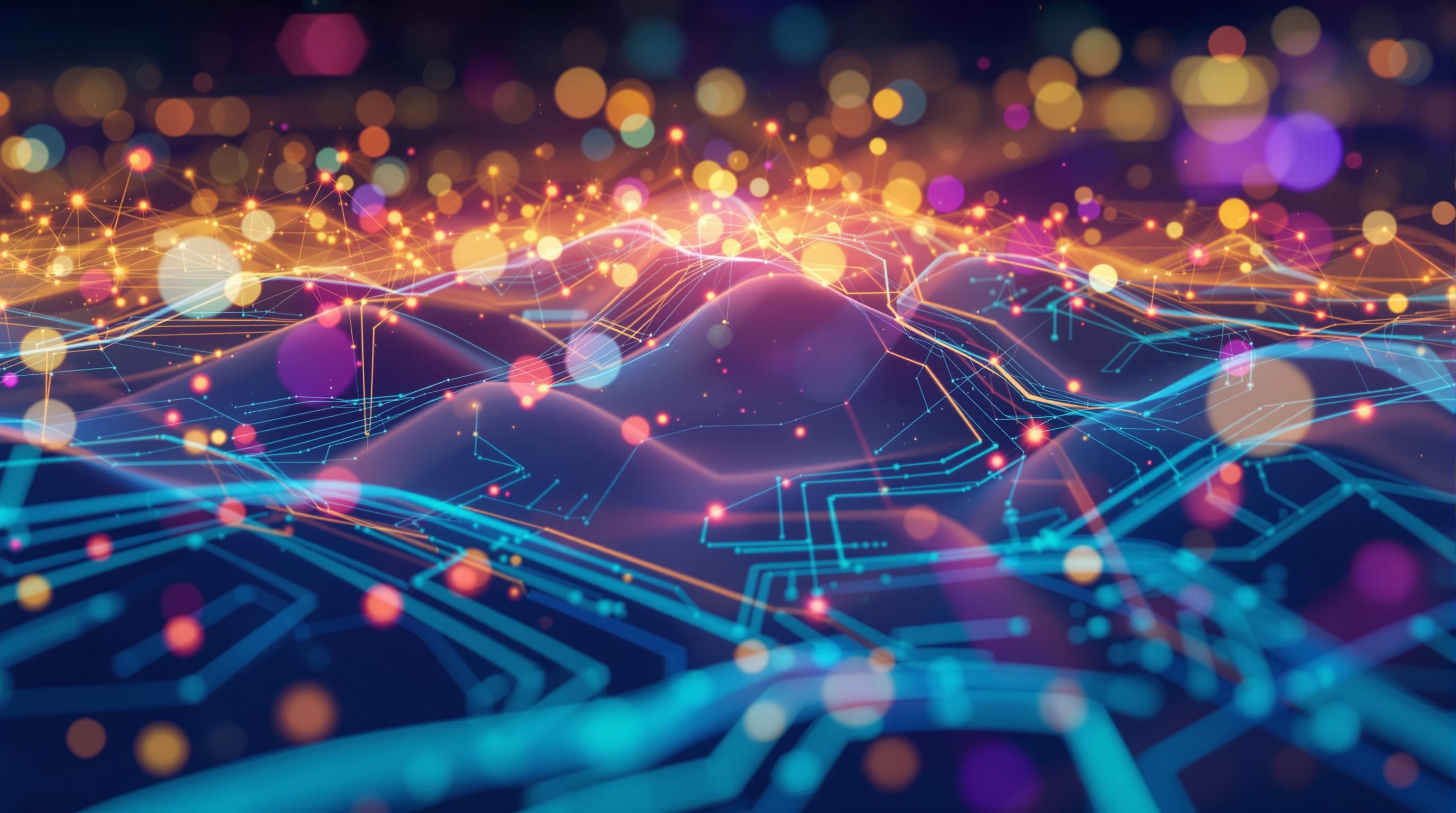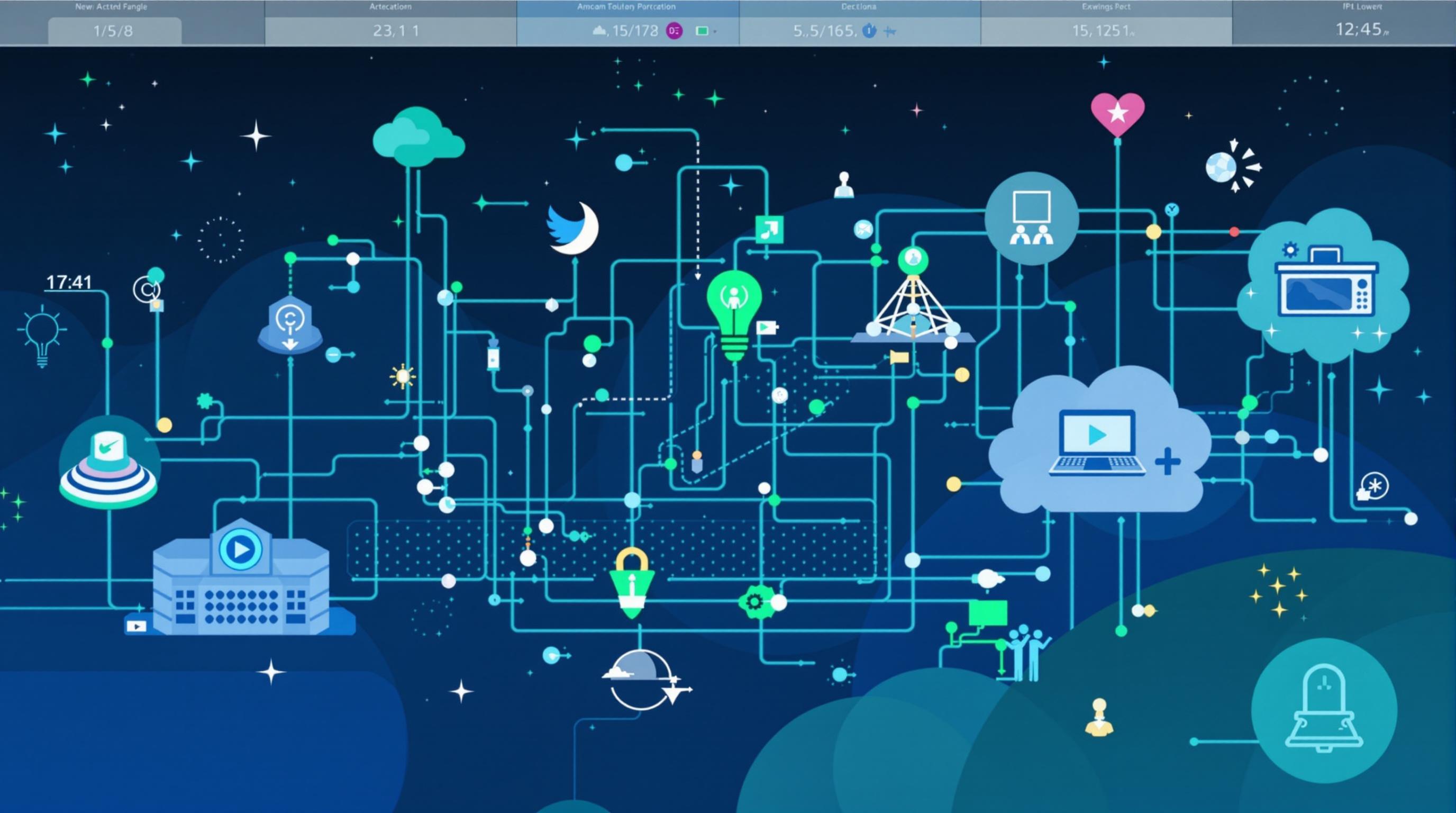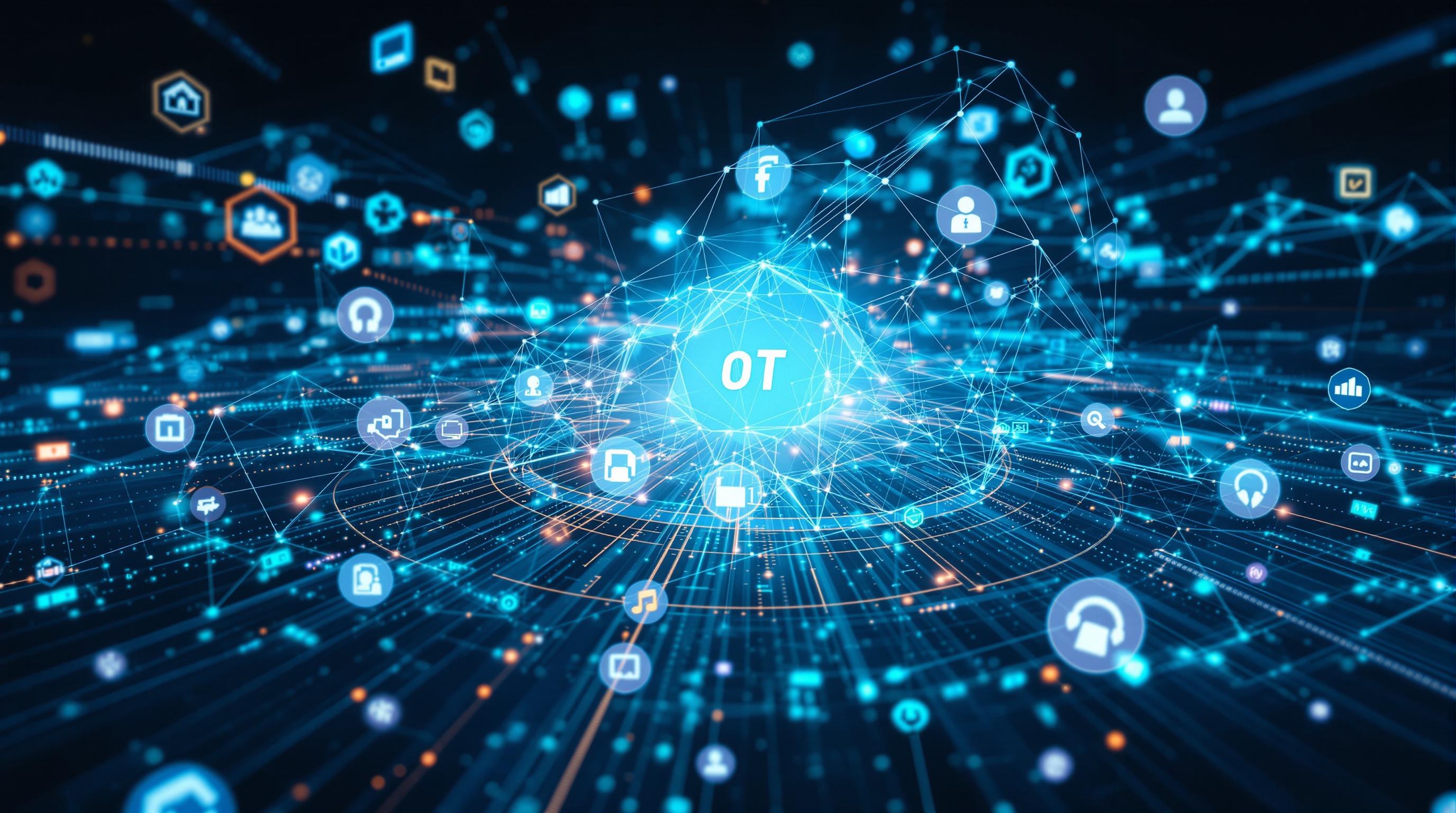Related Articles
- Harnessing Nostalgia: How Memory Mapping Can Inspire Innovative Urban Infrastructure Solutions
- Revealing the Invisible: How Urban Legends Influence Public Perception of Infrastructure Projects
- Whimsical Structures: How Playgrounds Can Inspire Innovative Approaches to Urban Infrastructure Development
- The Enigmatic Impact of Dark Fiber Networks on the Future of Digital Ecosystems and Their Capacity to Scale
- Beyond the Horizon: Exploring the Impact of Cultural Nuances on Global Digital Infrastructure Expansion
- Whispers of the Future: How AI-Driven Edge Computing Redefines Network Resilience and Flexibility
Whispers of the Future: How AI-Driven Edge Computing Redefines Network Resilience and Flexibility
Whispers of the Future: How AI-Driven Edge Computing Redefines Network Resilience and Flexibility
AI-driven edge computing is reshaping our digital landscape, enhancing network resilience and providing exceptional flexibility for businesses and individuals alike. This transformation is generating exciting possibilities, from faster data processing to innovative frameworks that underpin modern technological infrastructures.
The Rise of Edge Computing
Once upon a time, data traveled on a one-size-fits-all highway, heading straight to centralized cloud servers far away. But as demands for real-time data processing soared, a revolutionary detour emerged: edge computing.
According to a report from Cisco, over 75% of enterprise-generated data will be processed outside traditional centralized data centers by 2025. This means businesses are recognizing the necessity of processing data close to the source to improve response times and reduce latency.
What is Edge Computing?
At its core, edge computing is about decentralizing data management. Instead of sending data all the way to the cloud, organizations process information locally—on devices at or near the data source. Imagine your smart thermostat that doesn’t need to ping a faraway server every time it adjusts the temperature. It learns your preferences and makes decisions right then and there.
The Role of AI in Edge Computing
Now, sprinkle in artificial intelligence, and the picture gets even more exhilarating. AI algorithms can analyze data at the edge, quickly identifying trends, predicting failures, and automating processes on the fly. For instance, a manufacturing plant equipped with edge AI can predict machinery breakdowns before they occur, decreasing costly downtime.
Case in point: General Electric (GE) has implemented AI-driven edge computing in their industrial IoT solutions, reducing maintenance costs by up to 30% through predictive insights. In an industry where every minute counts, such advancements redefine success.
Flexibility Galore: Catering to Diverse Needs
Imagine running your own business in the age of the digital nomad. You’re not tied to a physical office; instead, you’re enjoying a coffee in a cozy café, all while your systems run smoothly thanks to AI-driven edge computing. Flexibility isn’t just a buzzword—it's a necessity, and edge computing delivers it in spades.
In 2020, the surge in remote work due to the global pandemic forced many companies to rethink their IT infrastructure. According to Gartner, 74% of organizations planned to make remote work permanent to at least some degree. Edge computing allows companies to support remote employees without over-relying on centralized resources. Employees can access applications quickly and securely, fostering productivity even from a distance.
Moreover, consider the retail optimization that edge computing can bring. By leveraging data analytics at the edge, retailers can tailor in-store experiences based on real-time customer behavior, aiding in quick decision-making that enhances customer satisfaction.
Building Network Resilience
In a world where cyberattacks are increasing in frequency and sophistication, network resilience is no longer negotiable—it's critical. AI-driven edge computing fortifies network security through localized processing and analysis. This distributed approach allows organizations to identify and respond to threats in real-time, often before they escalate into a full-blown crisis.
A 2021 IBM report highlighted that companies using AI for security reduced the time to identify and contain data breaches by nearly 27%, which can mean millions in savings. Edge computing complements this by ensuring that critical systems can continue to function even if a central server is compromised.
The Human Element: Changing Workforce Dynamics
Detractors might argue that such technological shifts risk job displacement, but let’s take a moment to pause. History has shown that, while automation alters roles, it often creates new opportunities in the process. As we embrace AI-driven edge computing, the workforce is likely to evolve into roles that focus more on strategic thinking, problem-solving, and creativity—areas where humans excel over machines.
In a fun twist, a recent survey by LinkedIn noted that upskilling employees not only helps individuals adapt but also enhances overall workplace morale, with 94% of employees stating they would stay at a company longer if it invested in their career development. So rather than fearing AI, let’s focus on harnessing it to empower ourselves!
Green Revolution: Sustainability and Edge Computing
Could improved technological flexibility help us save the planet? The environmental costs of data management are staggering. According to a report from the International Energy Agency, data centers consumed about 200 terawatt-hours (TWh) of electricity in 2018—roughly the amount used by the United Kingdom in a year.
However, by processing data at the edge, we can potentially reduce energy consumption significantly. Conducting computations closer to data sources minimizes the need for energy-intensive data transmission. For example, implementing edge computing in smart cities can lead to energy efficiencies and reduced carbon footprints.
The city of Barcelona has initiated a smart city project leveraging edge computing for traffic control systems and public lighting, significantly improving energy efficiency while simultaneously enhancing the quality of life for its residents.
Challenges Ahead
While the buzz around AI-driven edge computing is intoxicating, it’s vital to acknowledge that the journey is not without hurdles. Integration with legacy systems can prove cumbersome, and the decentralization of data raises complex security concerns. Let’s not forget about regulatory compliance, especially regarding data privacy laws like the General Data Protection Regulation (GDPR).
The need for robust governance frameworks is critical, ensuring that as we embrace these advanced technologies, we do so responsibly and ethically. Organizations must strike a balance between innovation and risk management, or face backlash from clients and regulators alike.
Embracing the Change
To navigate this fast-paced landscape, organizations should foster a culture of agility and continuous learning. This can mean investing in employee training programs, developing partnerships with technology providers, or even initiating pilot projects to test new edge AI applications.
After all, as British philosopher Alan Watts aptly stated, “The only way to make sense out of change is to plunge into it, move with it, and join the dance.” And in the realm of AI-driven edge computing, dancing is what many businesses are doing—an exhilarating waltz of adaptation and innovation.
Conclusion: A Brave New World
As we stand on the brink of a technological renaissance, the whispers of the future resonate with promises of flexibility, resilience, and efficiency. Organizations that embrace AI-driven edge computing are not just surviving; they are thriving—navigating an ever-evolving landscape that will continue to redefine the limits of what technology can achieve.
So, for anyone from an eager teenager intrigued by tech to a seasoned professional eyeing innovative solutions, the dawn of edge computing is an exciting horizon. It’s an invitation to participate in shaping a future where data isn’t just collected but transformed into actionable insights at lightning speed. Together, let's explore this brave new world with eyes wide open, ready to embrace the wonders that lie ahead!





